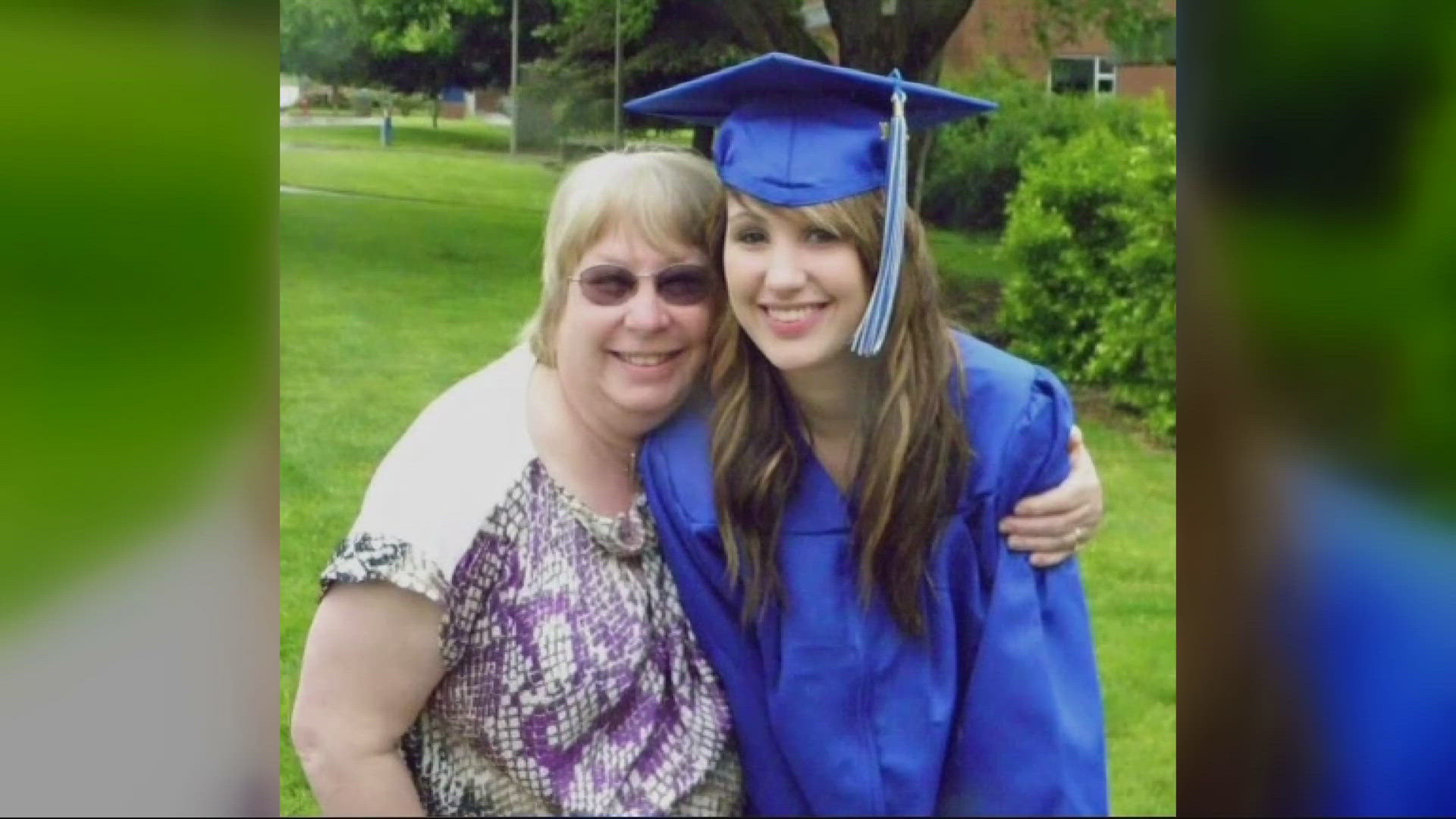After receiving data from the Oregon Department of Corrections, Gov. Kate Brown confirmed Tuesday she is not considering a mass release of inmates due to the COVID-19 pandemic.
Instead, she stressed that she is taking a case-by-case approach to the early release of vulnerable inmates and those nearing the end of their release day.
On Monday, Brown received a list of 2,836 meeting various criteria outlined by the Department of Corrections, including those over 60, medically vulnerable or with less than 12 months left in their sentence.
“My top priority is keeping Oregonians safe and healthy —regardless of where they are living — as we focus on stopping the spread of COVID-19," Brown said in a statement.
About 14,400 inmates are housed and 4,500 employees work in Oregon's 14 prisons.
The first case of COVID-19 announced in the Department of Corrections was a staff member at the Oregon State Penitentiary. Since the first case has announced on April 1, the number of confirmed positive coronavirus cases has continued to grow.
As of Tuesday, 13 cases involving four staff at the Oregon State Penitentiary and four staff and four inmates at Santiam Correctional Institution in Salem and an inmate at Shutter Creek Correctional Institution North Bend were confirmed.
Brown said she looked forward to reviewing the data and tailoring their approach as the pandemic evolves, saying the review was the "responsible thing to do."
“However, it would be irresponsible to compromise public safety for indeterminate benefits to public health," she said. "Whether an adult in custody should be released before the end of their sentence or not is a decision that must be weighed based on the individual merits of their situation."
This would mean no mass release of all 2,836 inmates listed in DOC's data,
"I want to be clear: at this time, I have no specific plans to abandon that case-by-case approach," Brown said.
Victims fear release of abusers
Victims have expressed serious concern over their abusers being released early.
A victim of childhood sexual abuse, Trinity Landry said her abuser, Jerry Rice, 73, was supposed to serve every of his almost three-year prison sentence.
It is the Statesman Journal's policy not to identify the victims of child sexual abuse. Landry, now 18, wanted her to be named and to speak out for those being re-traumatized by the possibility of their abusers being released.
Rice was arrested in 2017 on eight Measure 11 counts of first-degree sexual abuse. He pleaded guilty to one count of attempted sexual abuse — a non-Measure 11 offense — and was sentenced to 34 months in prison with no eligibility for early release or alternative programs.
He is scheduled to remain in prison in Salem until December 2021.
In an open letter to Gov. Kate Brown, Landry said releasing inmates like Rice would be "cruel and unfair" to victims and their families.
"The time this man serves in jail is so important to me because the time your abuser serves in jail means everything to you," Landry said. "It is the only scrap of justice I have received and now it’s being taken away from me."
It seems unclear whether Rice would be eligible for release.
Another woman, a victim of domestic violence said she whole-heartedly opposes the prisons releasing any violent offenders.
She said she is terrified of her abuser being released back into her community before she had a plan and the ability to relocate.
"This conversation and lack of any actual information has stressed me out to the point that I am having panic attacks and can't sleep at night," she said.
At the request of Brown, the Oregon Department of Corrections generated a list of how many non-Measure 11 inmates were medically vulnerable, over the age of 60 or nearing their release date. Other qualifying groups include non-Measure 11 offenders within six to 12 months of their release who've served 50% of their sentences.
Corrections officials generated a list of 2,836 inmates that would qualify for release under these criteria.
Previous estimates of 3,244 were reduced after prison officials excluded those who had committed "Measure 11" crimes before Measure 11 was enacted.
Measure 11 crimes include violent felonies like murder, first-degree rape, second-degree assault and first-degree sexual abuse. Those convicted of Measure 11 crimes are given mandatory minimum prison sentences and are ineligible for early release.
But lesser sex abuse offenses, like the one Rice was convicted off, and many domestic violence assaults, are not considered Measure 11.
Debate over release continues
Since the pandemic first took hold in Oregon, advocates have pushed for the early release of vulnerable, older and non-violent offenders.
They said prisons and jails could turn into "death traps" due to the poor health, older population and crowding of Oregon inmates.
On Monday, Washington Gov. Jay Inslee said he was releasing about 900 inmates over COVID-19 risks.
The Oregon District Attorneys Association took the push by advocates for early release to task last week, blasting them for the risk to individual offenders over the safety of the community.
In a letter, ODAA executive director Tim Colahan and president and Marion County District Attorney Paige Clarkson said:
"The current stressors and burdens upon all Oregonians are already significant enough without the added worries of criminals being released into our neighborhoods before they have served their sentences."
On the other side, inmates and their families have expressed hope over being released early, citing their fear of catching COVID-19 while incarcerated.
Several inmates recounted being physically unable to socially distance from each other and expressed concerns over unsanitary conditions and lack of testing.
They, too, appeared unsure of whether they would qualify for early release.
Roger Bradford, a non-Measure 11, non-violent inmate at Santiam Correctional Facility, said with nine more months before he would be eligible for transitional leave, he didn't know if he would meet the criteria for early release.
"There's a lot of uncertainty," he said. "It just doesn't seem like a very safe place at all."
For questions, comments and news tips, email reporter Whitney Woodworth at wmwoodwort@statesmanjournal.com, call 503-910-6616 or follow on Twitter @wmwoodworth
This article was originally published by the Salem Statesman Journal, one of more than a dozen news organizations throughout the state sharing their coverage of the novel coronavirus outbreak to help inform Oregonians about this evolving health issue.



